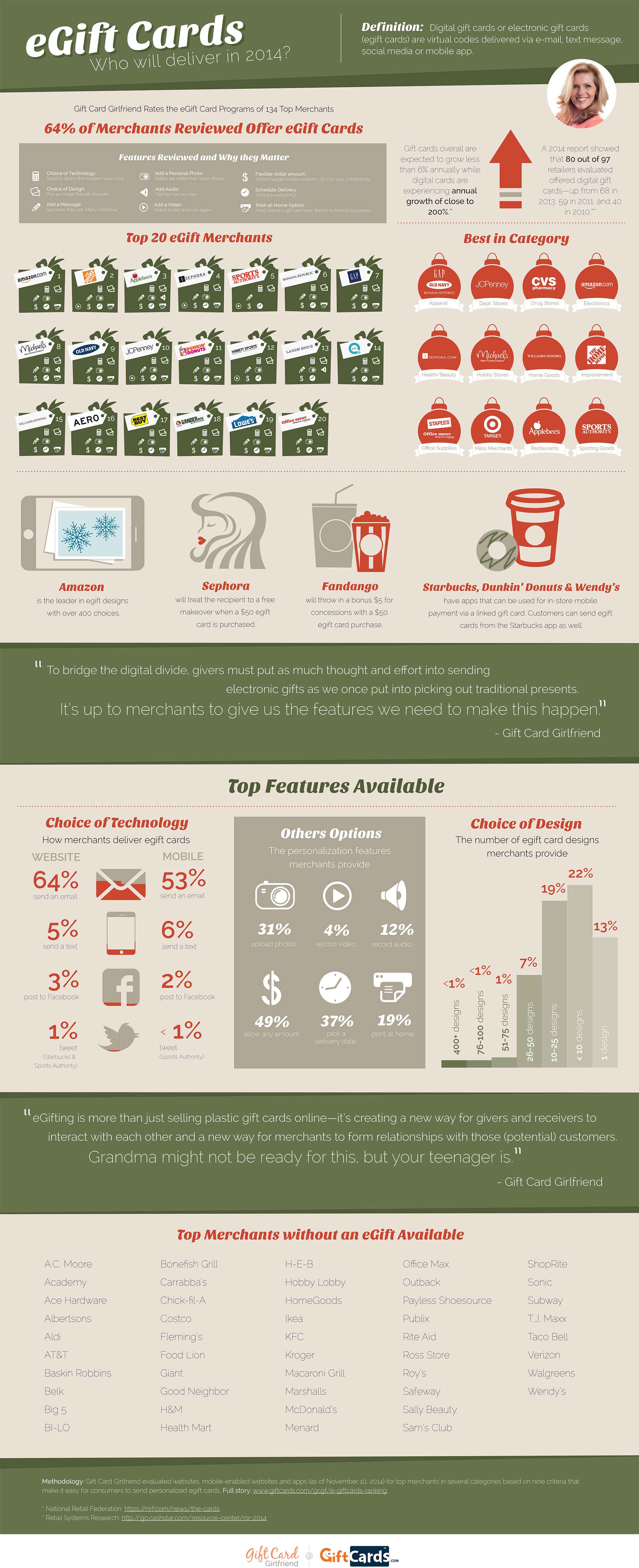Engraved glass honors evoke a steady spirit of commitment and excellence. They cultivate a culture of acknowledgment that transcends ordered limits.
Wheel engraving is shown on a goblet most likely made in the 1700s covered with elaborate Chinese-style concepts. These motifs introduced loyalty to the Jacobite reason. This is an amazing instance of exactly how imported Eastern goods affected European design fads.
Origins
As glassmaking became a lot more advanced, engravers knew that a design contributed to an item of glass transformed it from useful into preferable. They experimented with a range of scratching, abrading and reducing strategies.
The most knowledgeable engravers produced great detailed work. Anna Roemers Visscher, that was a glass cutter and engraver, was renowned for her delicate flowers, motivated by the natural history publications preferred in her time.
Engravers also sculpted great linework into glass. By the end of the 17th century, engravers had actually started to abandon direct quality in favour of crosshatched chiaroscuro effects. Among the earliest instances is recorded on a jug by a Rotterdam engraver that signed his deal with a doodled liberty and vigour that lifted it above the remainder.
Engraving continued to be a prominent method, although it was progressively eclipsed by cut glass and new methods such as etching, which was more affordable than inscribing. However, economic pressures after c1905, together with decreasing top quality of cut glass, saw a rise in the popularity of personalized glass, called rock crystal.
Techniques
Glassmakers used a range of methods to mark or enhance the surface area of a vessel, frequently integrating various approaches. One strategy called stipple engraving, for instance, utilizes a factor of tungsten or ruby to make small dots on the glass surface area which develop contrasting white lines when light shines through them.
Engraved glass honors are treasured for their style and prestige. They reflect the deep esteem and respect that business hold for their workers and promote a society of quality.
The clarity of glass personifies the transparency and honesty of corporate recognition, encouraging recipients to take stock of their accomplishments and assess their trip in the company. Furthermore, the capability of personalized glass to show individualized message and images permits the production of very one-of-a-kind and purposeful honors that stimulate the feeling of greatness related to this impressive product.
Designs
From the streamlined lines of company honors to the engraved message on glass prizes, etched crystal is a sophisticated sign of recognition. Whether shown on someone's desk or kept as a keepsake, these personalized pieces share a feeling of stature and professionalism that is difficult to locate in various other products.
The design of engraved glass has changed over time to mirror transforming preferences and technological advancements. The ancient technique of copper-wheel inscription has actually resisted predictions of obsolescence, and new strategies like etching are taking control of where stippling when held sway.
The earliest diamond-point engraving, of the 16th century, is stiff and official. It progressively ended up being much more supple and pleasing, but can quickly degenerate into over-elaboration. In the 19th century Thomas Webb & Sons presented "rock crystal" with deep cutting and copper-wheel inscription, which mimicked personalized glass gift ideas luxury vessels cut of rock crystal in Europe and the Orient (see Ewer by Webb & Sons). The company's major engravers were Bohemian immigrants Frederick Engelbert Kny and William Fritsche, who signed their work with a monogrammed G.
Significance
Engraved glass was pricey and searched for. This was since it involved one of the most requiring glass refining method and depended on the accuracy and initiative of an experienced craftsman. The highest point of engraving was available in the 17th century and was very much a part of the Baroque and Rococo durations.
Throughout this time, personalized goblets could be used to connect messages of social condition. They would present household crests and political allegiances. They can likewise flaunt one's preference for the most recent fashion and style trends.
Today, personalized glass is still an essential art form. Nonetheless, advancements in modern technology and laser innovation have streamlined the procedure and made it much more specific. The resulting elaborate designs are both sensational and resilient. In addition, new sorts of glass have been created to respond far better to lasers. This has increased the possibilities for musicians and designers. It additionally reduces the ecological effect of the procedure. For instance, optical crystal is a superb option for personalized awards due to the fact that it is clear and reflects light well.
